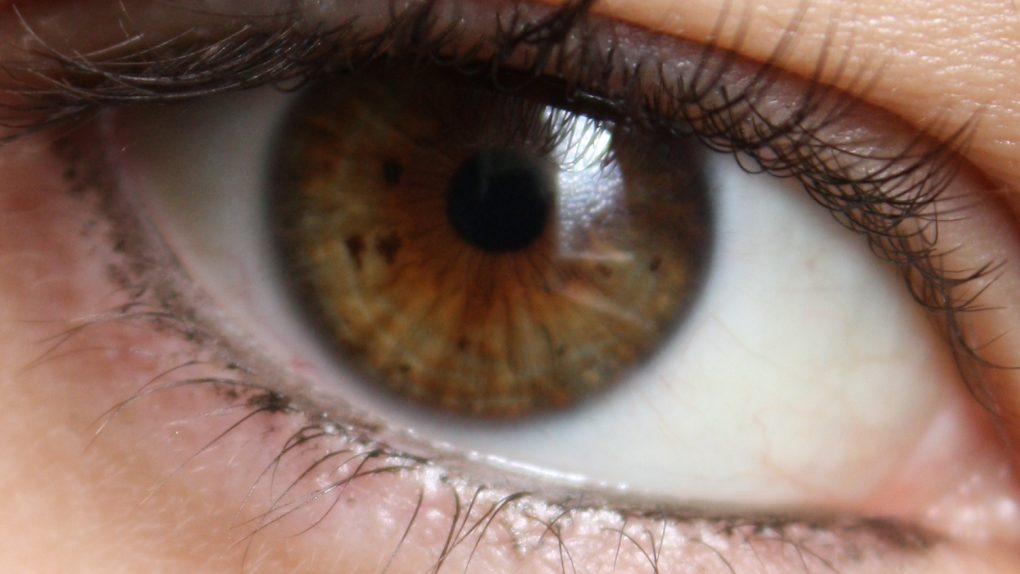A recent study into a particularly deadly brain disease now shows that doctors may be able to detect its presence just by looking at a person’s eyes. Even scarier, the eyes of an infected individual could potentially act as a transmission point to spread the disease, for which there is no cure or effective treatment.
The ailment is Creutzfeldt-Jakob disease (CJD), and there’s also a variant called sporadic CJD. Modern medicine has no answer for it and, while rare, it’s a death sentence for anyone diagnosed with it.
Just a couple of months ago, a case of Creutzfeldt-Jakob disease was reported in a medical journal that was linked to a man’s consumption of squirrel meat. It’s a rare disease that causes certain proteins in the brain to fold incorrectly. These bad proteins are called prions, and they cause lesions in the brain. In this particular case, the man’s disease was thought to have been the result of eating squirrel meat that had come into contact with the animal’s brain matter.
Other cases have shown that consumption of brain matter can lead to the spread of the disease, but this new round of research suggests that the eyes of an infected person also carry prions. As Gizmodo notes, this is major cause for concern for those in the eye care field. Doctors performing eye operations may be at risk of spreading prions by contaminating medical equipment and not realizing it.
A total of 11 deceased patients who died of Creutzfeldt-Jakob disease were tested for prions in their eyes and the researchers found plenty. Most prion “seeds” were found within the retina of each eye, but prions were also found in many other parts of the eye, including the lens, optic nerve, and even the surrounding muscles.
Going forward, the researchers hope to test tears of Creutzfeldt-Jakob patients to see if prions are present in the discharge as well, which could also lead to the spread of the disease.








